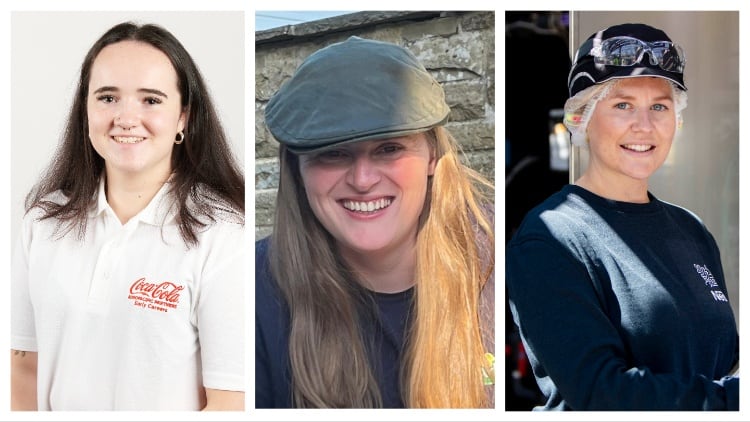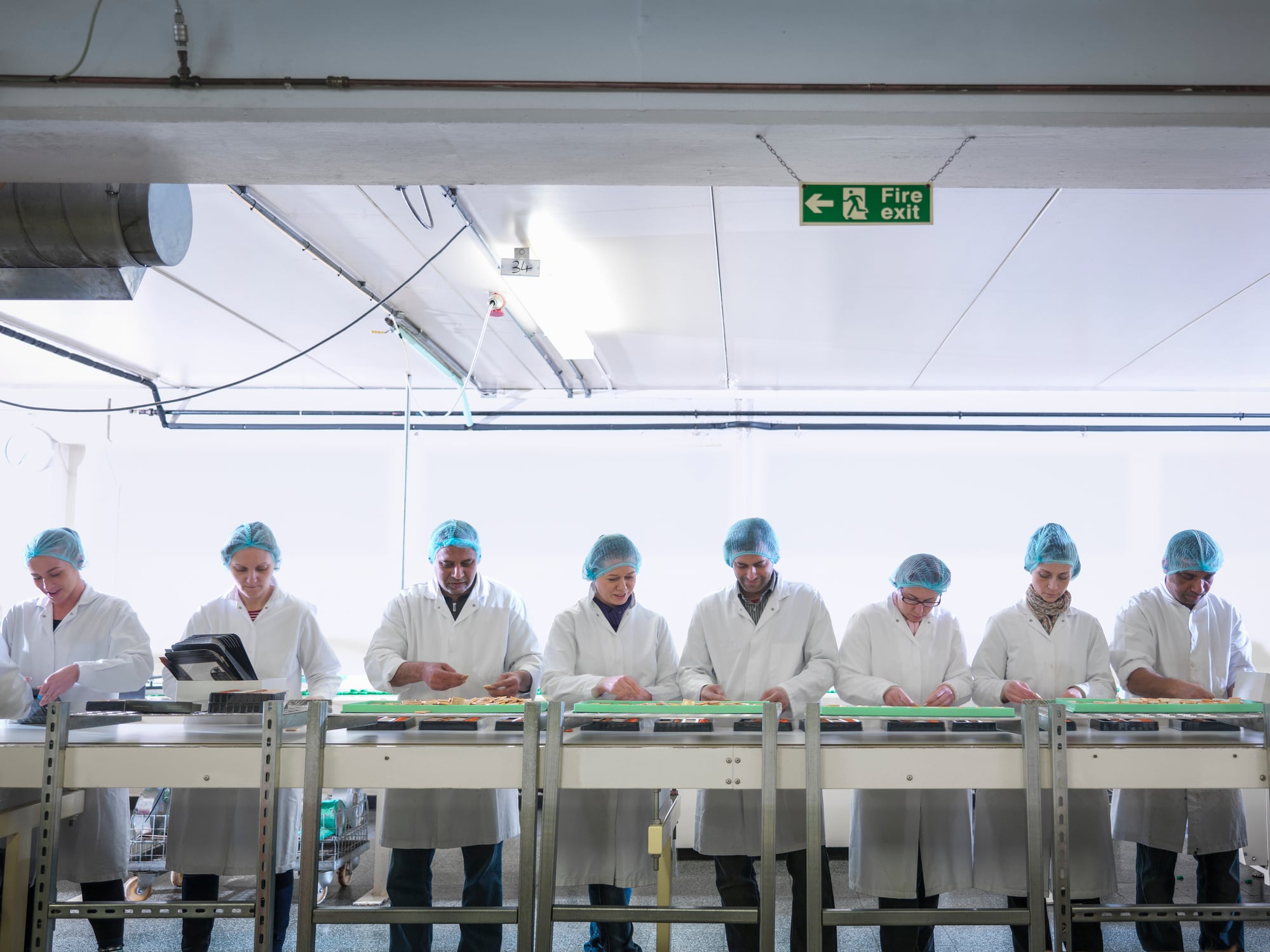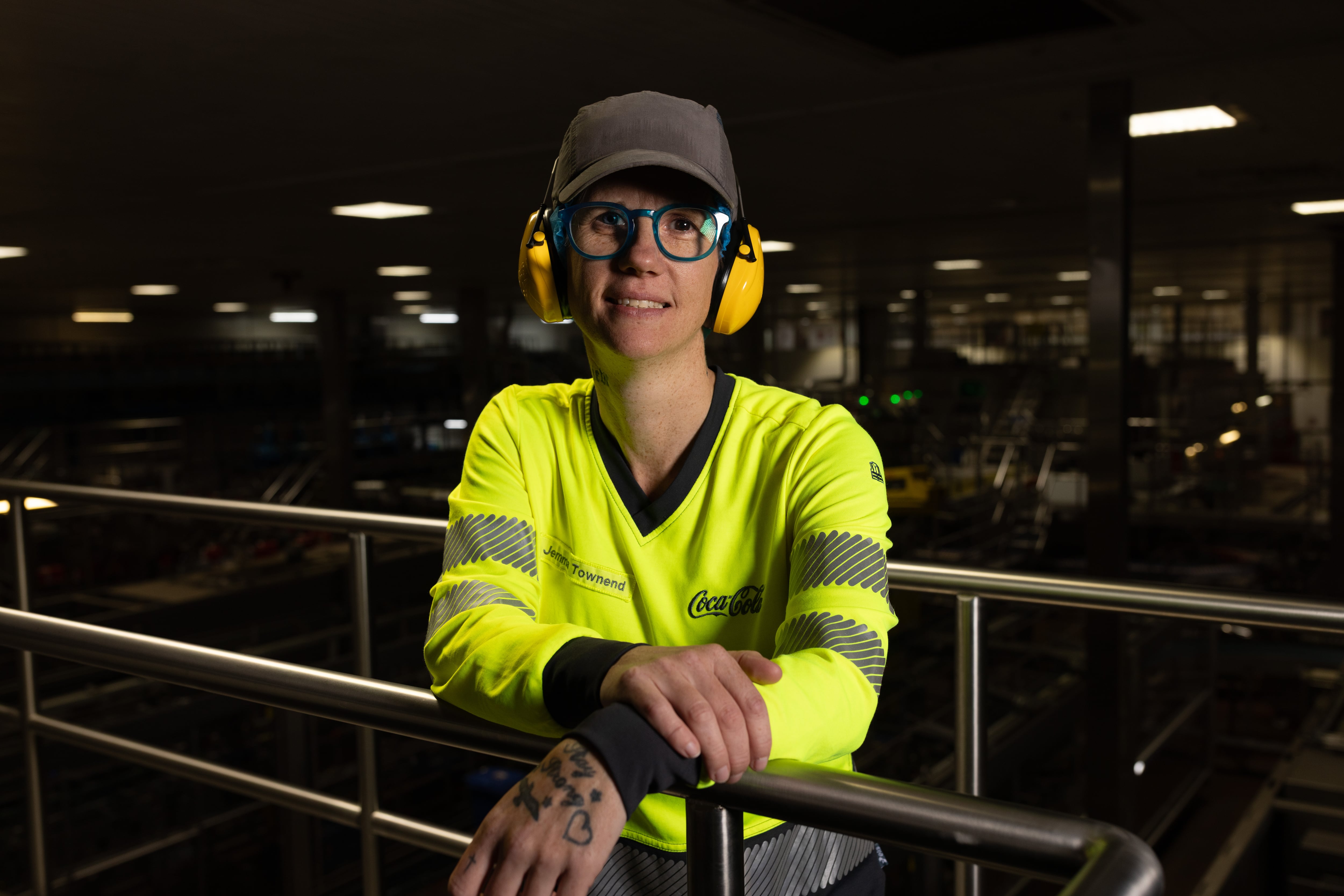Leading consumer goods company and home to Coca-Cola, Fanta, Sprite and Monster among others, Coca-Cola Europacific Partners (CCEP) generates €20 billion (£16.6bn) revenue, more than 4 million customers, and 600 million consumers. It has 91 sites across 31 countries, including five factories in Great Britain (GB).
With its 28 production lines and a 3,500-strong workforce, the GB division contributes around £4.2 billion to the British economy annually, with 6 billion drink servings sold each year. A significant amount of investment has been injected into the GB operations – around £700 million since 2010, that’s the equivalent to £1 million a week.
£200M worth of investment
Among its GB facilities is its Sidcup site, which Food Manufacture visited earlier this year. This site’s story begins in the 60s with an official opening by HRH Princess Margaret.
The large development in south-east London includes a manufacturing facility, blowing and raw materials, process site, automated storage retrieval system (ASRS), trailer park and despatch area, with the recent purchase of a nearby piece of land (Crittal’s Corner) providing the opportunity to increase storage capacity up to 38,500 pallets and move total slot capacity from 200 to 360.
Over its 65-year history, the site has seen around £200 million in investment, with the most recent upgrades including the introduction of cluster packs, enabling it to remove shrink-wrap from around its packaging, and the installation of a new canning line announced in 2021, which saw its official opening in 2023.
The line can produce 2,000 cans every minute and was part of a £28 million investment into the Sidcup facility. It supports the production of packaging for CCEP distributed soft drinks such as original Coca-Cola, Diet Coke, Coca-Cola Zero Sugar, Fanta, Dr Pepper, Sprite and Schweppes.
Capri-Sun and other changes
The Sidcup site had originally included 10 lines but since Capri-Sun’s move to Princes Group, it has stripped back to seven. The space where these lines were homed is currently unused but the hope is that they can become operational once more as the business grows.
Still, the output of the facility is impressive, with production volumes per year at: 117 million unit cases, 105 million physical cases, 744 million litres, and 2.4 billion units. In terms of distribution, it has bulk 28k pallets and 240 bulk vehicles a day.
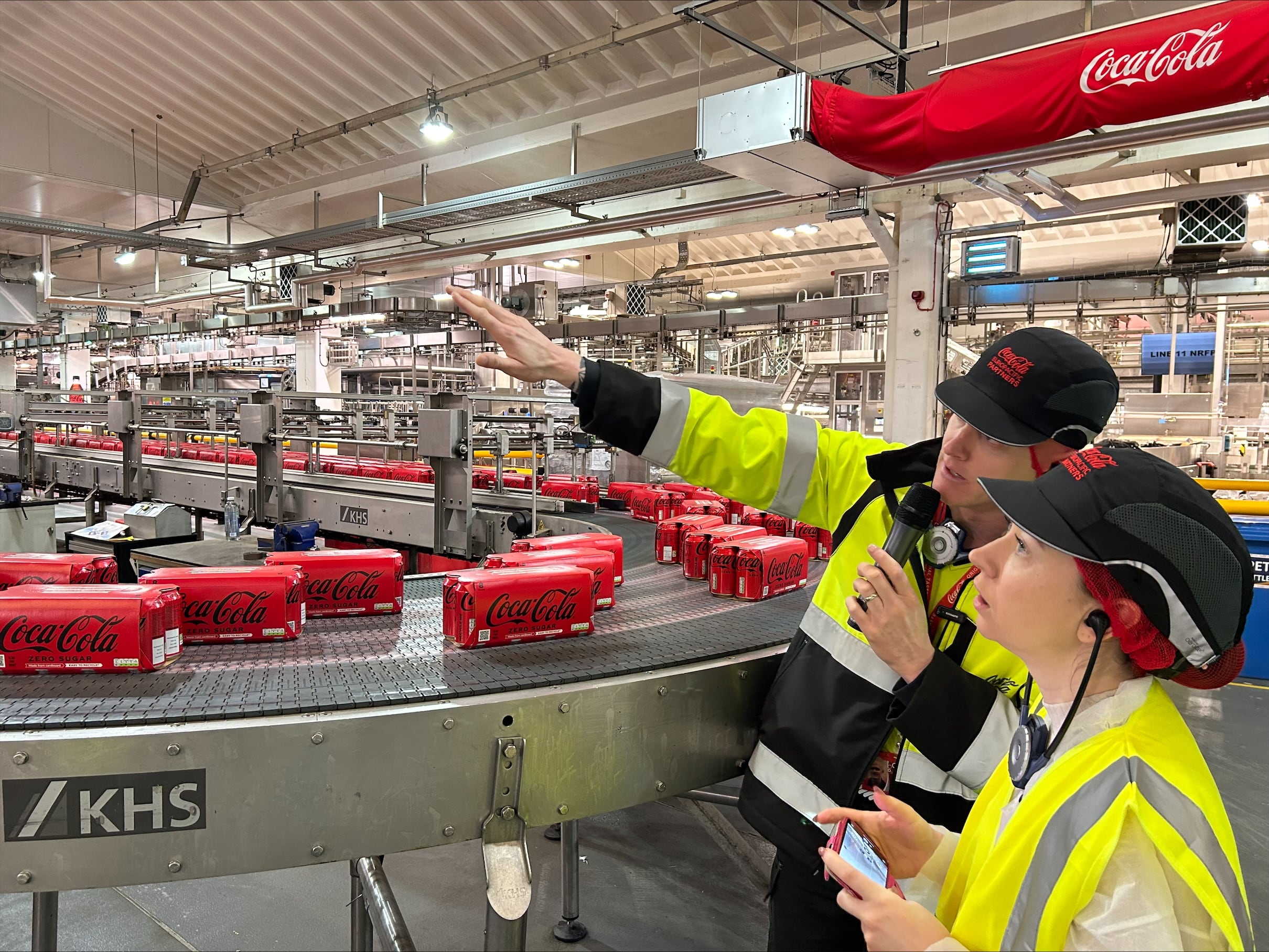
The site produces more than 300 SKUs currently, but focuses a lot on the smaller containers, including its 375ml and 500mml PET bottles.
This year the business has invested £1.2 million into a new labeller, which Karl Probert, supply chain director for Sidcup told Food Manufacture is still in commission but will give way to some great efficiencies.
“This labeller allows us to bring in a new bottle size – the 330ml icon bottle. But what it also does for the business is allow us to reduce our road miles.”
Previously, the business had been picking pre-decorated glass up from a supplier. Now, the glass can come in directly to the site with all its labelling carried out internally.
The Sidcup facility has also seen further drives towards sustainability including the conversion of all its gas ovens to electric. It has also removed CO2 in favour of nitrogen for headspace in its cans. This has taken out around 500 tonnes of carbon emissions and 2,000 tonnes of CO2 respectively, according to Probert.
“We’re really focusing on the little things that we can do,” Probert continued, offering the additional example of its move to lines which automatically switch off when not in use.
The business has also been making changes to its packaging, with its preforms now 100% recycled and lighter – moving from 23g to 18.7g, with the introduction of tethered caps. The attached caps which began in April 2022 in Scotland have now rolled out completely across GB.
“We have also introduced 50% recycled shrink film and are currently trialling 90%,” added Probert.
Its cans have also been lightweighted from 9.8g to 9.3g, with shrink film replaced by light weighted board on can packs.
In terms of water, its water used for can rinsing is changed into air and CIP (clean-in-place) water recycled. The company also has what it claims is an industry leading water ration and hopes to introduce a new water treatment area this quarter.
Investing in people
Alongside its site investments, CCEP is also focused heavily on its people. Its site abides by four behavioural standards:
- Respect everyone
- One team Sidcup (e.g. making work enjoyable and recognising performance)
- Accountability
- Listen and involve everyone
In a recent webinar discussion with Food Manufacture which explored how to motivate frontline teams, Probert emphasised the importance of point four – listening. He added that whilst automation investments are a worthwhile endeavour, they need to be held in equal balance with people.
“You need to make sure you’re investing in your people – whether that’s training or just understanding some of the challenges they have on a day-to-day basis and what you can do to improve. That really makes a massive difference.”
CCEP’s most recent engagement survey at Sidcup has seen a slight decline in most of its divisions, with distribution the only department to shoot up.
However, as Probert highlighted, the business has seen a 4% uptick in its responses than the previous year; and therefore, he considers the results as relatively static. Results have since continued to improve too.
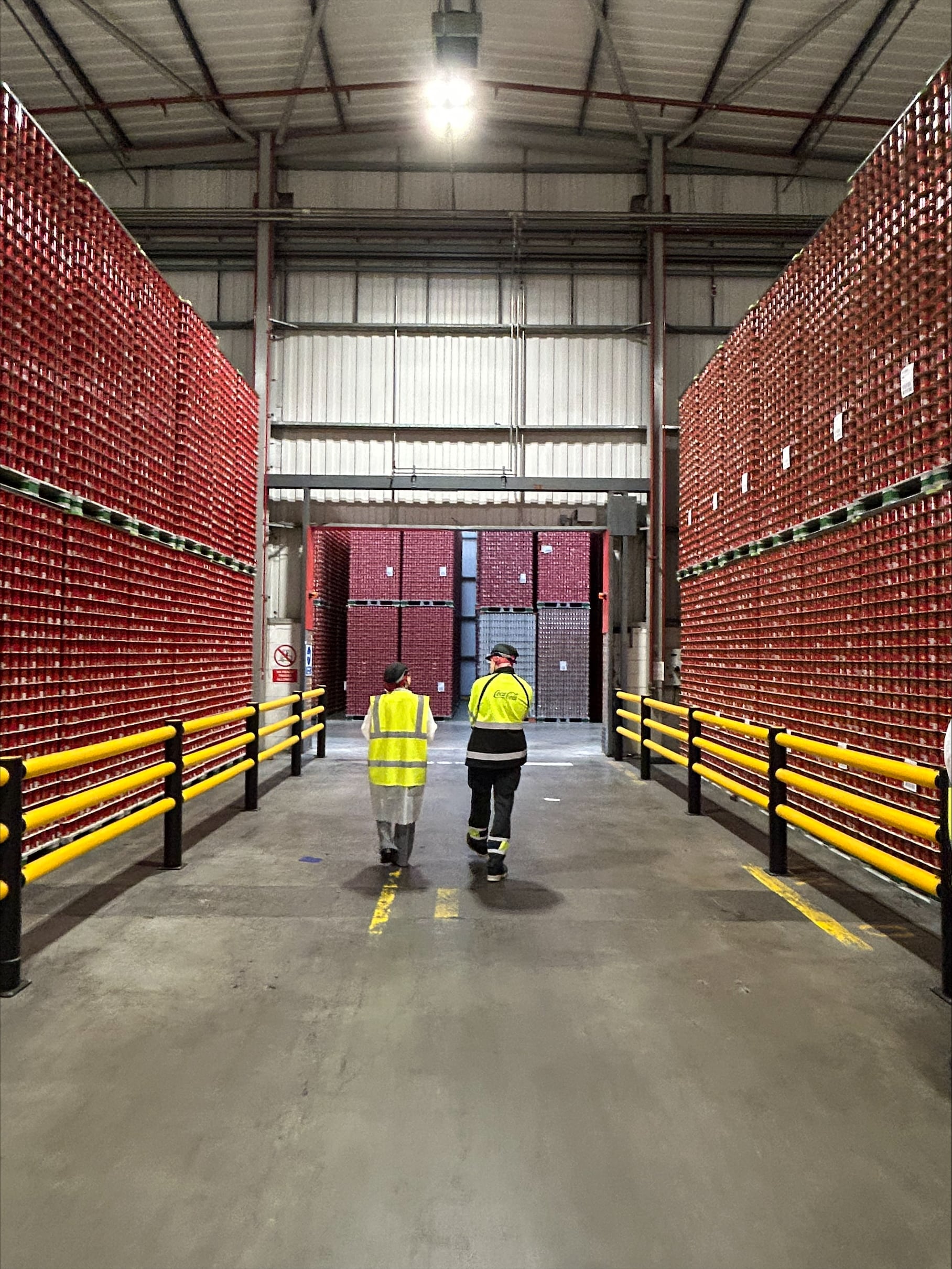
“We’ve got a lot more favourability in our scoring [compared to neutral at 20% and unfavourable at 10%],” he added. “And what’s really pleasing to me is that we’re seeing comments shoot up by around 70-80%.”
The increase in feedback is key for Probert, who is eager to understand what his team’s current sticking points are and where they want change.
“What this allows me to do is really understand what some of the key issues are and what we can do as a management team to work to address those.”
He explained that the feedback prevents the leadership team, including himself, from making a stab in dark, targeting areas that the team doesn’t necessarily hold in high priority.
But as Probert expressed during the aforementioned webinar, “you don’t have to wait for results before you act”, leaders should chat with workers, get to know them, and provide them with the opportunity to drive change.


